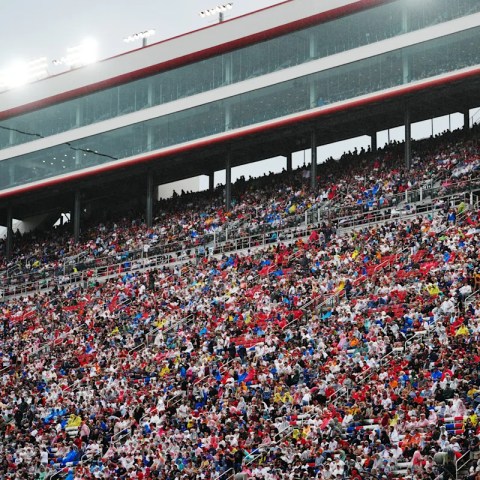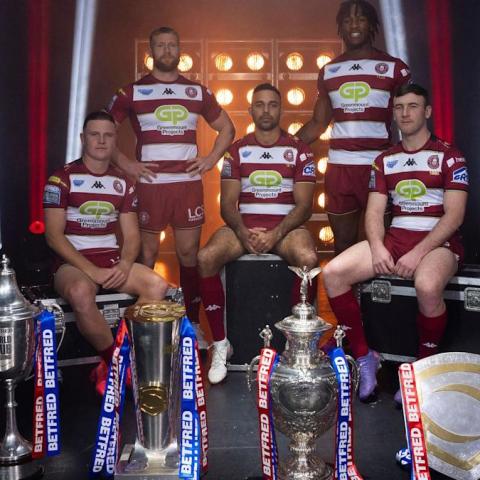Cracker Barrel recently unveiled a new logo as part of its brand refresh. However, this move stirred up quite the uproar, resulting in a loss of nearly $100 million in the company’s value. It shows how tricky rebranding can be.
Cracker Barrel admitted they mishandled the communication of their changes. Branding expert David E. Johnson criticized the redesign, saying it betrayed the essence of the brand. The old logo featured a cozy image that reflected the restaurant’s friendly, southern vibe. By changing to a more generic look, they seemed to dismiss their own story.
Originally, Cracker Barrel started in Lebanon, Tennessee, in 1969. Founder Dan Evins aimed to create a homey atmosphere reminiscent of his childhood. The man depicted in the original logo was Evins’ uncle, Herschel, who symbolized the welcoming spirit of the chain. Removing such key imagery displeased many loyal customers. Franchise consultant Nick Yeonakis noted this change disrupted the comforting idea of a consistent and stable Cracker Barrel.
Despite the backlash, experts agree the chain needed an update. Cracker Barrel has struggled to maintain growth recently. In 2024, they reported $3.5 billion in revenue—a mere 1% increase from the previous year. Meanwhile, net income dropped significantly. New CEO Julie Felss Masino acknowledged that their traditional approach might not connect with today’s diners. She emphasized the need to modernize while still keeping the spirit of Cracker Barrel.
In response to the criticism, the company reassured fans that Uncle Herschel would remain in their marketing and on their menus. They are committed to preserving the old-timey vibe that customers cherish.
The uproar surrounding the logo change highlights the current cultural climate. Similar to Bud Light’s partnership with a transgender influencer, companies face intense scrutiny over branding decisions. Carreen Winters, from MikeWorldWide, explained that brands have to navigate a polarized environment, making it challenging to resonate with everyone.
Critics suggest the redesign may not have been politically charged, but rather a misstep in understanding the emotional connections customers have with the brand’s legacy. Thomas Murphy, a business professor, pointed out that it’s unlikely executives aimed for a “woke” shift. Instead, they may have misjudged how crucial the heritage aspect is for loyal customers.
In today’s market, respecting a brand’s roots while appealing to future consumers is essential. As legacy brands like Cracker Barrel evolve, they must honor their history and consider how changes affect those who have long supported them.
Source link






















